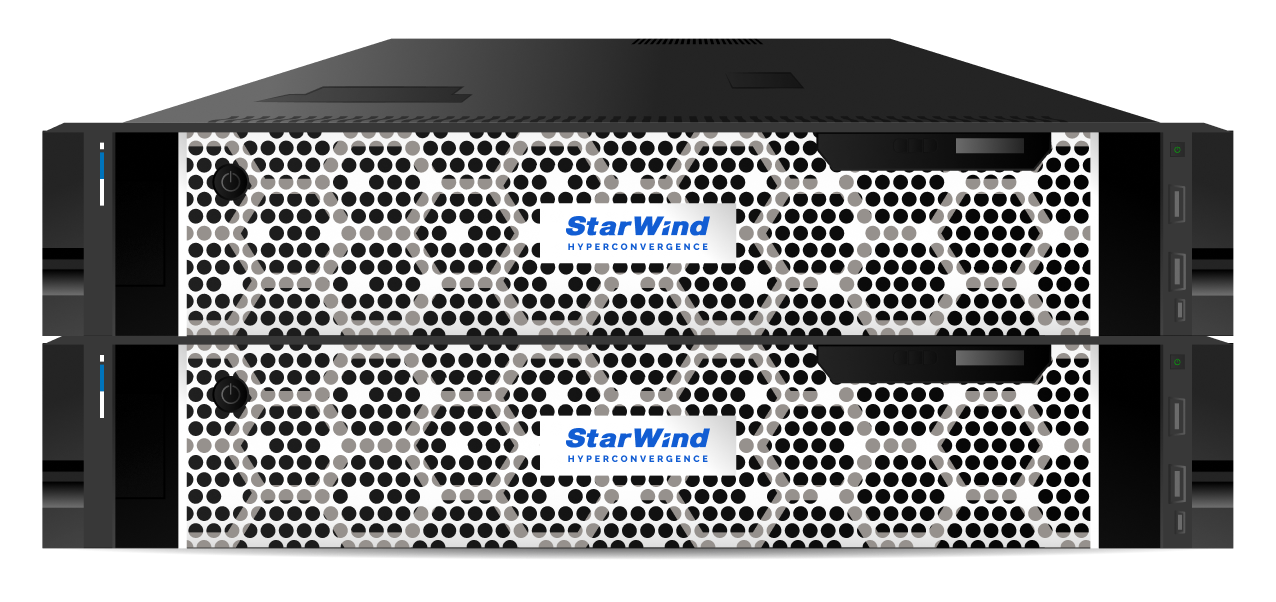The mechanical architecture of Flash is actually the predominant reason why we here, at StarWind, have decided to redesign our HCA line to be All-Flash only. Exceptional endurance of SSDs is the basis of their cost-efficiency. Therefore, their lifetime cost and period of effectiveness is what pushed StarWind to go all-flash.
Talking about endurance, there are no moving parts in SSDs, which means lower risk of failure in vibration and high-shock environments or extreme temperatures. Their form also saves a vast amount of drive bays previously populated by HDDs, which leads to flexible scalability. All that goodness will now come at a price no different than before!
StarWind HCA All-Flash has been designed with different types of SSDs to be placed at specifically dedicated parts of our hyper-converged platform to offer maximum functionality. SSD types were chosen in a way that allowed to keep the price point at the level of a hybrid while offering way more performance and capacity at the same time.
Over the years, Flash has incurred dramatic transformation in terms of functionality, technology, and public perception. In just a span of a decade, SSDs penetrated the scenarios previously imaginable only with HDDs. With the current price point and performance/capacity stats of Flash, it will soon become the new go-to for infrastructure storage basis.
We are so proud that, once again, we were able to bring down exceptional performance, capacity volumes, and sustainability from previously Enterprise-mostly levels to SMB, ROBO & Edge realia. StarWind HCA All-Flash is a potent blend of Read-Intensive and Mix-Use Drives that achieves a perfect balance between performance and cost-efficiency.



